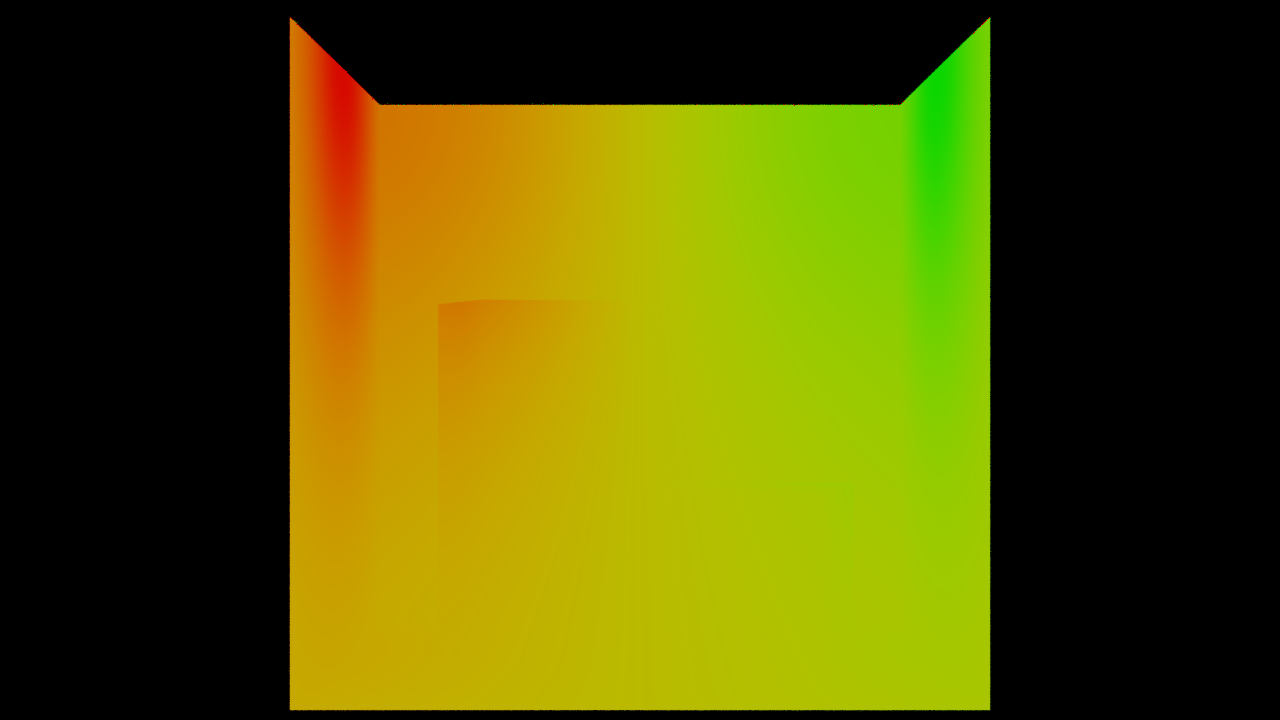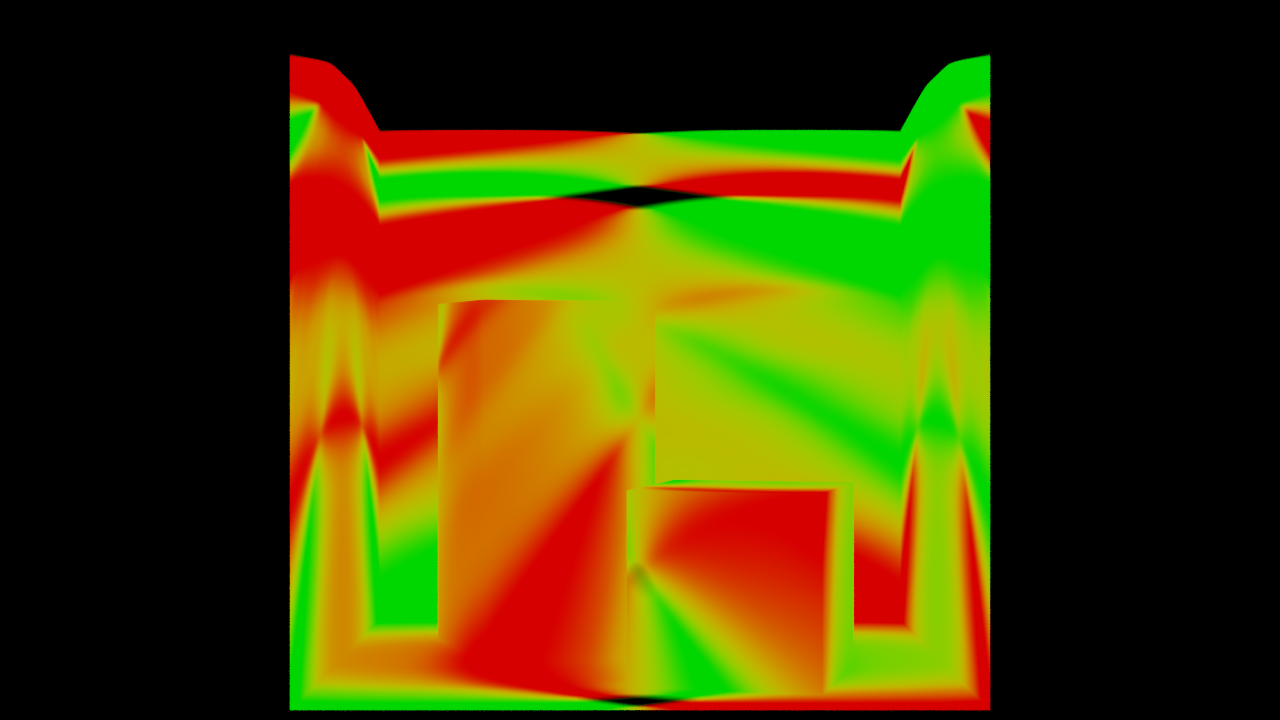Portal-Masked Environment Map Sampling
(Cornell Box IES-Profile Image Comparison)
Below you can find interactive versions of the image comparisons in Figure 5 of the paper "Portal-Masked Environment Map Sampling". We compare our method (right side of each image) to Ureña et al.'s [2013] solid angle sampling (left side of each image) at equal sample count for the dual problem of importance sampling area lights with directional emmission profiles. Our method has only a 22–24% overhead, but produces RMSE values (in parenthesis) that are 1.8–3.6× lower.
◄ back to the publication web page
Direct Illumination
A comparison of our sampling technique to Ureña et al.'s [2013] solid angle sampling for direct illumination in a Cornell Box with two quad lights with directional emission (IES) profiles.
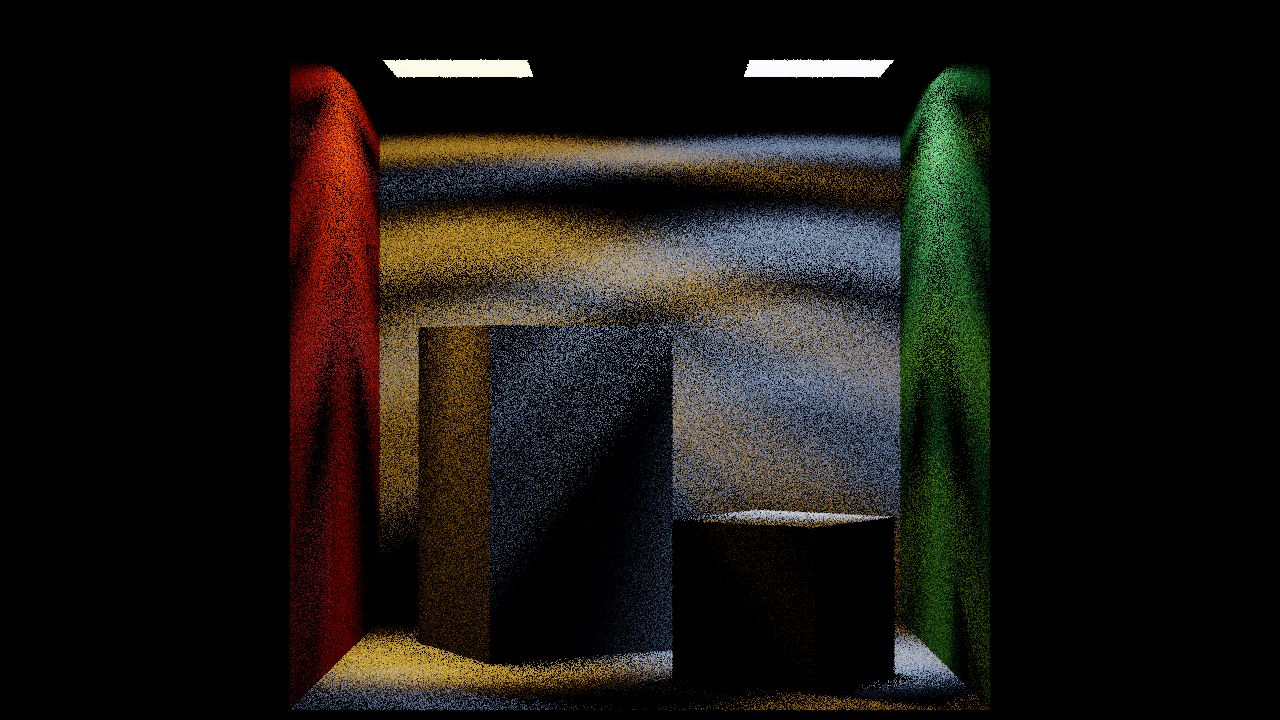
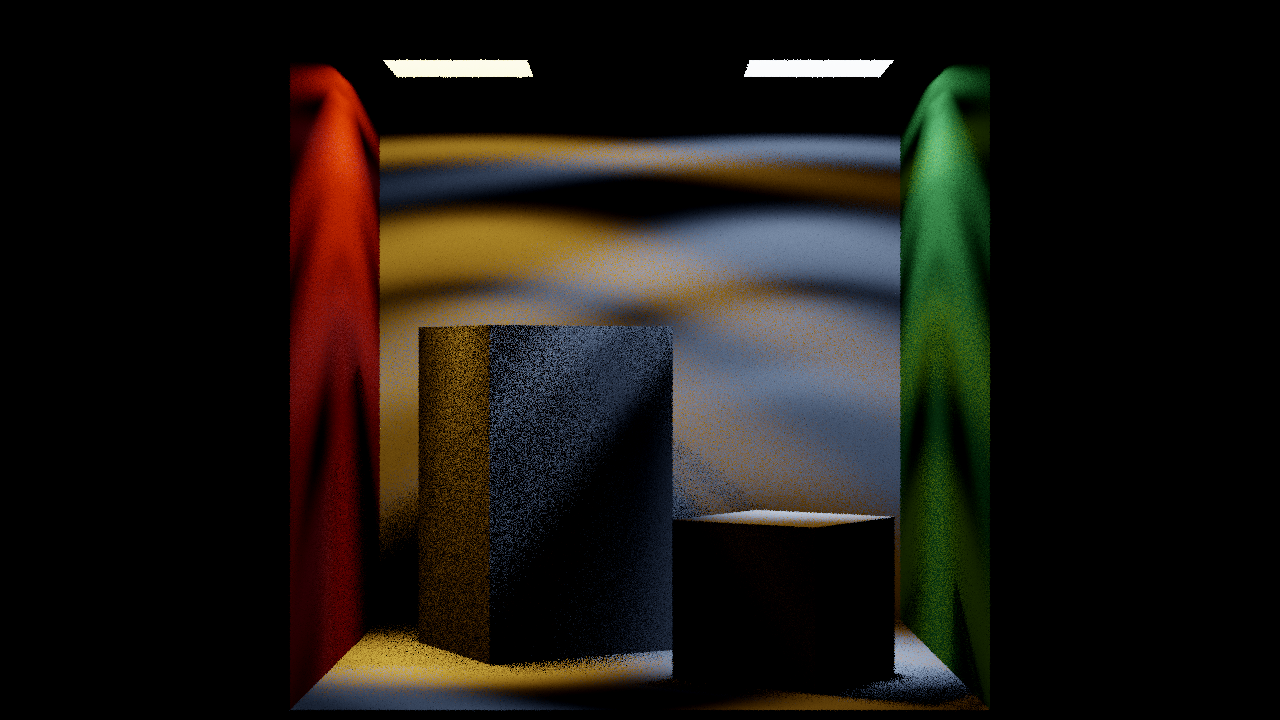
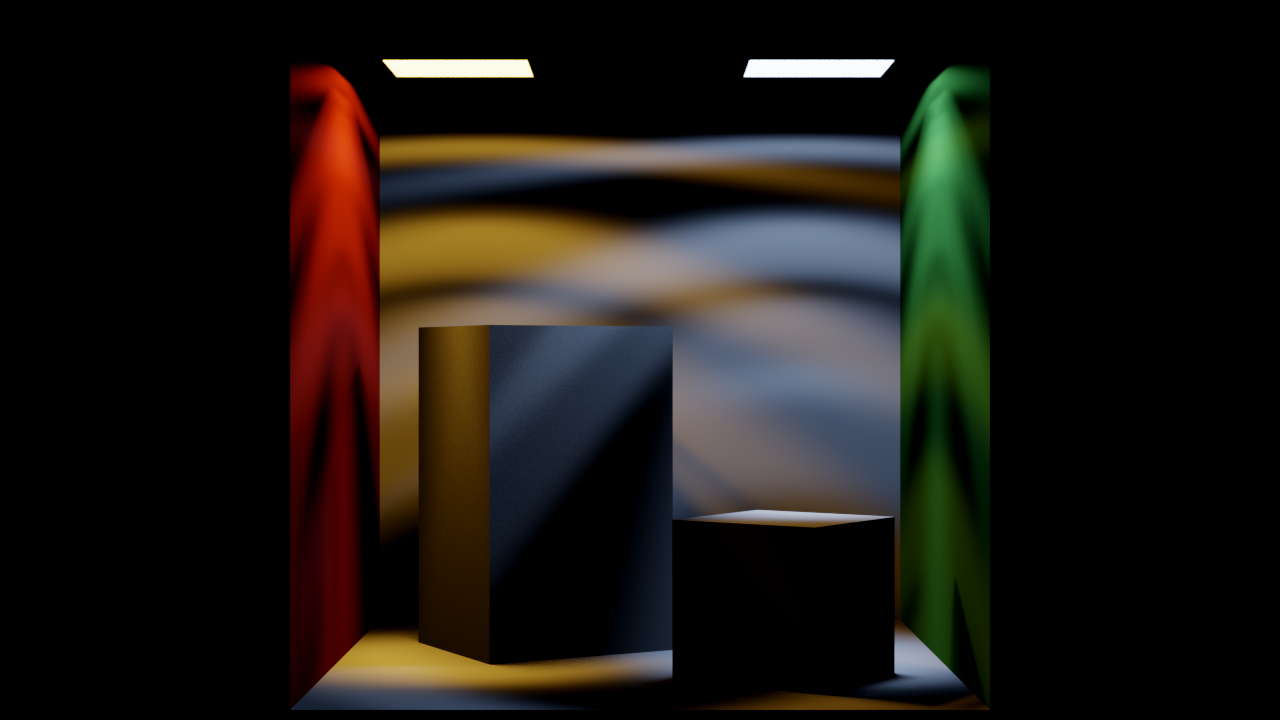
Direct + Indirect Illumination
A comparison of our sampling technique to Ureña et al.'s [2013] solid angle sampling for direct + indirect illumination in a Cornell Box with two quad lights with directional emission (IES) profiles.



Sample allocation
The false-color visualization below shows the allocation of samples to the two light sources using the baseline’s probabilistic selection based on subtended solid angle (left) vs. our probabilistic selection based on the portal-visible contribution (right). Red represents the left and green represents the right light source respectively.
